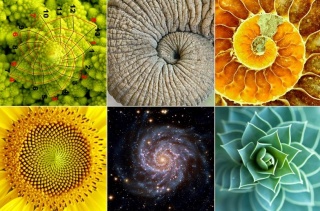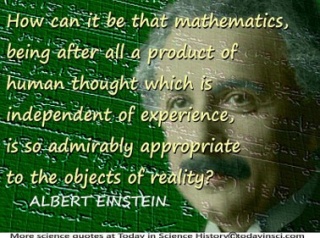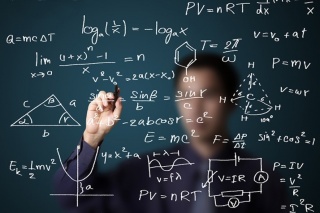| < | lipanj, 2020 | > | ||||
| P | U | S | Č | P | S | N |
| 1 | 2 | 3 | 4 | 5 | 6 | 7 |
| 8 | 9 | 10 | 11 | 12 | 13 | 14 |
| 15 | 16 | 17 | 18 | 19 | 20 | 21 |
| 22 | 23 | 24 | 25 | 26 | 27 | 28 |
| 29 | 30 | |||||
Srpanj 2020 (1)
Lipanj 2020 (1)
Svibanj 2020 (1)
Travanj 2020 (1)
Ožujak 2020 (1)
Veljača 2020 (1)
Siječanj 2020 (1)
Prosinac 2019 (2)
Srpanj 2019 (1)
Lipanj 2019 (2)
Svibanj 2019 (1)
Travanj 2019 (1)
Veljača 2019 (1)
Prosinac 2018 (2)
Studeni 2018 (1)
Rujan 2018 (4)
Srpanj 2018 (1)
Ožujak 2018 (3)
Veljača 2018 (1)
Prosinac 2017 (3)
Studeni 2017 (2)
Links
Project forum
Website of the project
Općenito o projektu
Prvi meeting u Poljskoj
Agencija za mobilnost i programe EU
You Tube Channel of the project
Website of the project
Općenito o projektu
Prvi meeting u Poljskoj
Agencija za mobilnost i programe EU
You Tube Channel of the project
VIDEOS FROM THE MEETING IN CROATIA
20.06.2020., subota
QUEEN SCIENCE MATHEMATICS - Activity for June 2020
First part of the activity in June
At the very end of the project, each of the 25 students participating in the project, all the teachers included, the headmistress and the school library were gifted a book filled with pictures and descriptions of each of the activities that were done during the three years duration of the project. Each finished activity intertwines with Mathematics, the queen science. Mathematics was our guide in preparing the activities and sometimes it was at the beginning, sometimes in the middle and sometimes in the end of each activity. All in all, we made a permanent document enriched with beautiful ideas of the teachers in our school and creative realization of our students which stays as a permanent value and enriched memory.
On- line version of the book: https://drive.google.com/file/d/1mU3AxrTj5H-oSzfVSQEsboGB8MhzhkPN/view?usp=sharing
Mathematics is called the queen of all sciences and a language with which all other sciences speak. Mathematics influences natural and technical sciences, describes the principles of physics, explains experimental results, and even predicts new phenomena, it is the basis for many things which we take for granted. But still, the deepest secrets mostly hide in things we believe are obvious.
Second part of the activity in June
Students were presented with a PowerPoint presentation during the online school on the Yammer platform and they were able to comment on it among themselves or with their teachers during the month of June.
Great secret and at the same time a greatly known fact described in the presentation are numbers. Numbers can be seen in everything that surrounds us – in nature, in space, human beings and its works. Each shape and process are defined and described with numbers. Proportions and progressions manifested in nature through beautiful shapes and processes do not exist accidentally. They are in accordance with mathematical laws of beauty and harmony.
Albert Einstein
All significant ancient works of mankind like The Great Pyramid in Giza, Stonehenge, many temples, and many works of art in the area of computer graphics, music, architecture and literature contain the secret of numbers. There are different views about numbers. Contemporary science wonders whether mathematics isan invention, a product of the human mind or is it a revelation, something that exists regardless of us? Albert Einstein also thought: 'How can it be that mathematics, being after all a product of human thought which is independent of experience, is also admirably appropriate to the objects of reality?'
Tradition
Tradition tells us through myths that gods gave numbers to the humankind. Egyptian mythology, for example, says that numbers were invented by Thoth (Hermes), god of science, art, and wisdom. In Greece, Hermes was the one that invented measures, numbers and the alphabet and instructed humankind into those knowledges. In ancient Rome that god was Mercury.
Today
Today, the most widespread is applied mathematics. Same thing happens with numbers – only its' quantitative value is taken into account. In one modern, widely spread interpretation, number is an abstraction which is used for quantitative characterization of objects. However, mathematicians and philosophers of the ancient world saw numbers in a completely different way. Understanding the number as something much wider, the ability of numerical evaluation was only one of its many functions. Its feature of numbering things shows only its external aspect. But there is another, internal, functional aspect or better yet, its ability to synthesize and connect and that aspect is considered as an idea, a law, a mode. Mathematics itself as a science about numbers was considered as something much more than ordinary measurement of things and manipulating quantities.
Evaluation at the end
Presentation for students can be found on the link:
https://drive.google.com/file/d/1tEN-9Y1eaOqPGGago-Lnf4l4uAammv_J/view?usp=sharing
Since we revised everything that we didin the project with this activity, students had the ability to remind themselves of all the activities and it was easy to evaluate it.
The aim of the evaluation is the evaluation of the project. Evaluation was done with students, teachers and our headmistress through the Forms application in which there was survey with the ability for voting about each of the activities done in the project (scale in the form of stars from 1 to 5).
Microsoft Forms: https://forms.office.com/Pages/ResponsePage.aspx?id=FvJamzTGgEurAgyaPQKQkdP_P7l5iGBPhp6OD9hyiRZUMzZXN1IwOEM5VU81RFc4RUxWTkRSRzRRUC4u
Activity was, in its entirety, completed during online school and was designed by Math teacher Anita Jukić.





